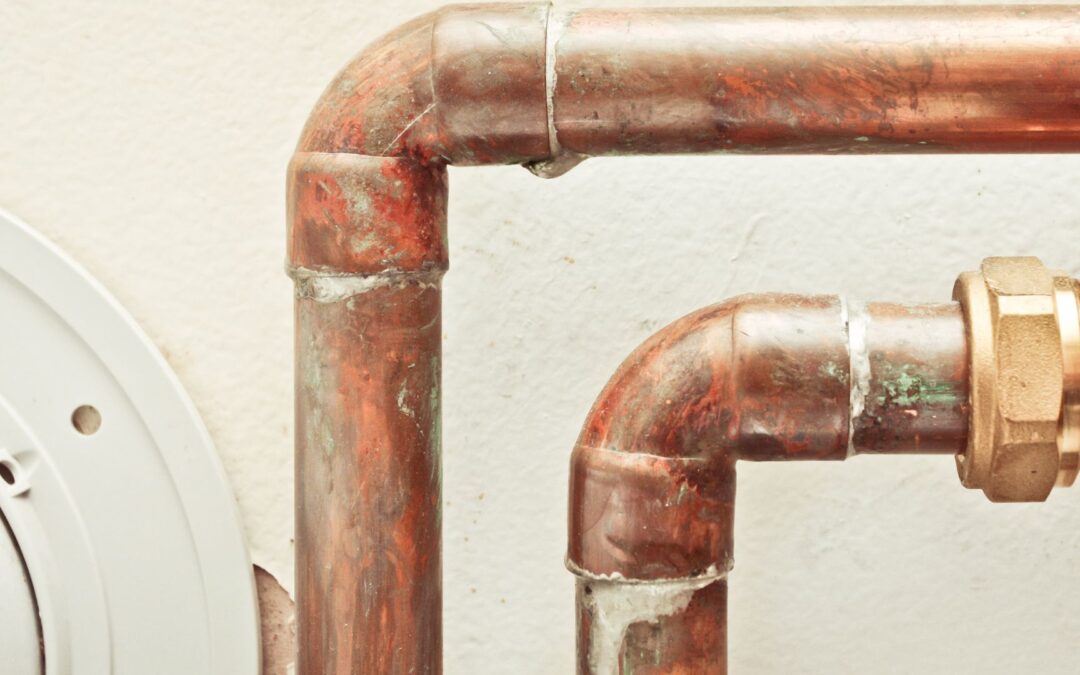Repiping your home is a significant plumbing project, but one that can save you from future leaks, water damage, and poor water pressure. If your home has outdated or damaged pipes, repiping is a worthwhile investment that improves your water system’s reliability and efficiency. But what does repiping involve, and how do you know if it’s time to consider it?
Signs You Need to Repiping
Several warning signs suggest that your home’s plumbing system may be due for a repipe. Ignoring these signs can lead to bigger problems like pipe bursts, water damage, or expensive emergency repairs. Here are some of the top indicators:
- Frequent Leaks: If you’re dealing with constant leaks or multiple pipe repairs, it’s likely time for a repipe. Continuous repairs often mean the pipes are corroding or deteriorating.
- Discolored Water: If your water has a brown or yellow tint, it may be due to rust in old galvanized pipes. This is a clear sign that your pipes are breaking down and need to be replaced.
- Low Water Pressure: Diminished water pressure could indicate mineral buildup inside your pipes, especially in homes with older plumbing. Repiping can restore your home’s water pressure and improve overall performance.
- Old Pipe Materials: Homes built before the 1980s may still have galvanized steel, copper, or polybutylene pipes, all of which are prone to corrosion, cracking, and leaks. If your home has these outdated materials, it’s time to upgrade to modern piping.
The Repiping Process
Repiping involves replacing all or part of your home’s water supply pipes with newer, more durable materials like PEX or CPVC. Here’s what to expect during a typical repipe:
1. Inspection and Planning
A professional plumber will assess your current plumbing system, noting the condition of your pipes, layout, and water usage. They’ll work with you to create a plan for repiping, taking into account the materials you want and any special requests (such as adding new fixtures or rerouting pipes).
2. Choosing Materials
Most homeowners today opt for PEX. PEX (cross-linked polyethylene) is flexible, durable, and resistant to corrosion, making it a popular choice for residential repiping.
3. Installation
Repiping typically takes a few days to a week, depending on the size of your home. They’ll install the new piping system, ensuring it meets modern plumbing codes and standards. Once installed, the plumber will shut off your water supply and begin removing the old pipes. They will ‘flip’ the system over to the new piping.
4. Patching and Clean-Up
During repiping, drywall may need to be cut or removed to access pipes inside your walls. After the new pipes are installed, your plumber will patch up these areas.
Benefits of Repiping Your Home
Repiping offers several long-term benefits that can improve your home’s water system and save you money down the road:
- Improved Water Pressure: Say goodbye to weak water pressure! New pipes ensure consistent, strong water flow throughout your home.
- Reduced Leaks: Modern pipes are more resistant to corrosion and wear, reducing the likelihood of leaks and water damage.
- Cleaner Water: Repiping eliminates rust and debris buildup, delivering cleaner, clearer water.
- Higher Home Value: A new plumbing system is a valuable selling point for potential home buyers, making repiping a smart investment if you plan to sell your home in the future.
Final Thoughts
Repiping your home may seem like a daunting task, but it’s an essential step for ensuring a safe, reliable water supply. If you’ve noticed leaks, discolored water, or low water pressure, it’s worth consulting a plumbing professional to assess your pipes. Repiping not only improves your daily water use but also protects your home from potential water damage and increases its value. By upgrading to a modern piping system, you’re investing in the long-term health of your home’s plumbing

